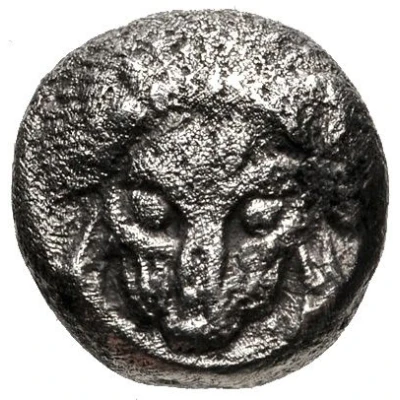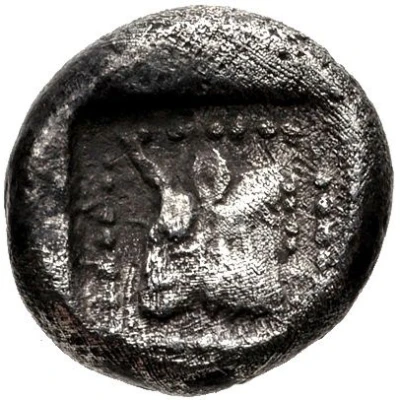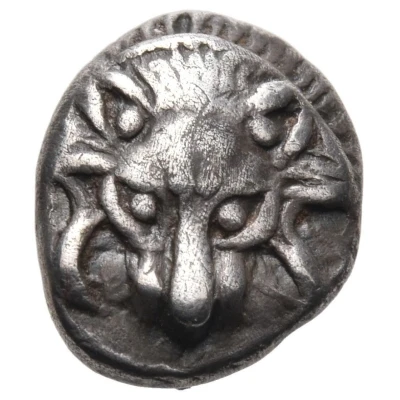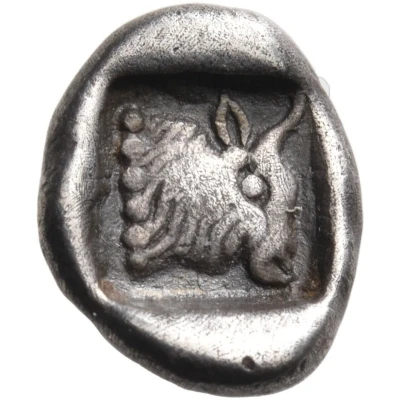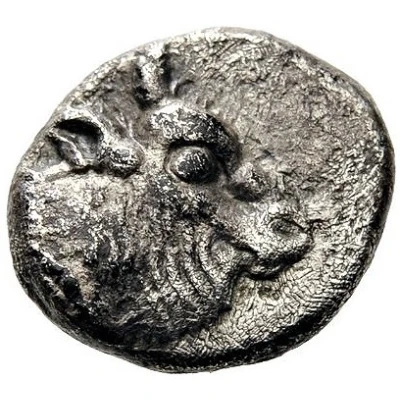
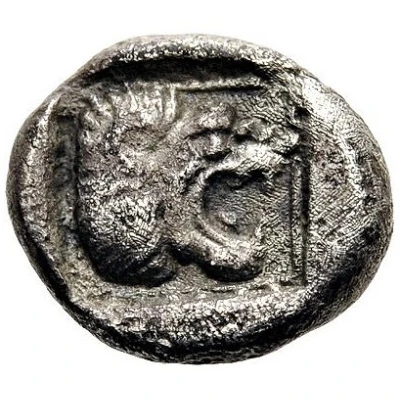

© Nomos AG
Trihemiobol 525 BC - 500 BC
| Silver | 0.79 g | 8.0 mm |
| Issuer | Samos (Ionia) |
|---|---|
| Type | Standard circulation coin |
| Years | 525 BC - 500 BC |
| Value | Trihemiobol (¼) |
| Currency | Drachm |
| Composition | Silver |
| Weight | 0.79 g |
| Diameter | 8.0 mm |
| Shape | Round (irregular) |
| Technique | Hammered, Incuse |
| Demonetized | Yes |
| Updated | 2024-10-10 |
| Numista | N#192461 |
|---|---|
| Rarity index | 100% |
Reverse
Head of roaring lion to right, within incuse square
Interesting fact
The Trihemiobol coin was used as a form of currency in ancient Greece, specifically in the city-state of Samos (Ionia) during the 6th century BC. It was made of silver and weighed approximately 0.79 grams. Despite its small size, the coin was an important medium of exchange for the people of Samos, and it played a significant role in the economy of the city-state. One interesting fact about the Trihemiobol coin is that it features an image of a lion's head on one side, which was a symbol of the city-state of Samos. The lion's head was depicted in a unique style, with a distinctive mane and a fierce expression, which set it apart from other coins of the time. The image of the lion's head was meant to represent the power and strength of the city-state, and it was a proud symbol of the Samian people. Overall, the Trihemiobol coin is a fascinating piece of history that provides a glimpse into the economic and cultural practices of ancient Greece. Its unique design and symbolism make it a valuable artifact for collectors and historians alike.
